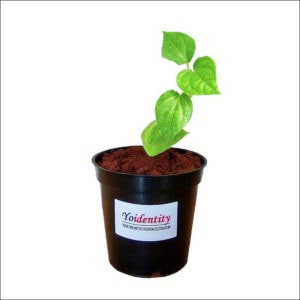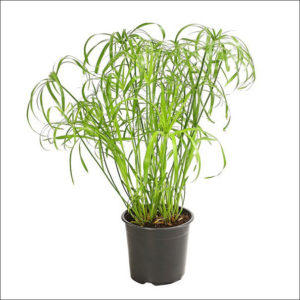Description
Dianthus
Most dianthus have pink, red, or white flowers with notched petals. Sweet Williams are biennial or short-lived perennials covered with bicolor flowers in late spring. Pinks are low-growing dianthus suitable for rock gardens. Carnations are taller and good for bouquets but tend to be less hardy than other dianthus.
Long blooming, perfect for small bouquets-most are fragrant. A cottage garden is not complete without several Dianthus. All are heat tolerant and low maintenance beauties. The dianthus plant is also called Sweet William (Dianthus barbatus) and has a fragrance with cinnamon or clove notes.
The plants are small and usually between 6 and 18 inches tall. Dianthus flowers are most often in pink, salmon, red and white hues.
Planting and care
- Soil should be well-drained and fertile for growing dianthus.
- Dianthus should be kept in a place receiving at least 4-5 hours of bright indirect sunlight.
- Water the plant when the soil feels dry to touch. Water thoroughly in the summer and reduce watering for the winter & rainy season.
- Fertilize dianthus plant mostly in the spring season with an organic fertilizer.
- Plant dianthus in full sun, partial shade or anywhere they will receive at least 6 hours of sun.
- The plants need fertile, well-drained soil that is alkaline.
- Wait until the danger of frost has passed when planting dianthus and place them at the same level they were growing in the pots, with 12 to 18 inches between the plants.
- Do not mulch around them.
- Water them only at the base of the plant to keep the foliage dry and prevent mildew spotting.
| Sunlight | Dianthus plants may grow in partial shade or full sun, and are drought tolerant when established. |
| Watering | Keep soil moist throughout the growing season. |
| Soil | Loamy soil/Soil with a pH range of 6.5 to 8.0 |
| Temperature | 60 to 70 degrees C |
| Fertilizer | Use any organic fertilizer |






Reviews
There are no reviews yet.